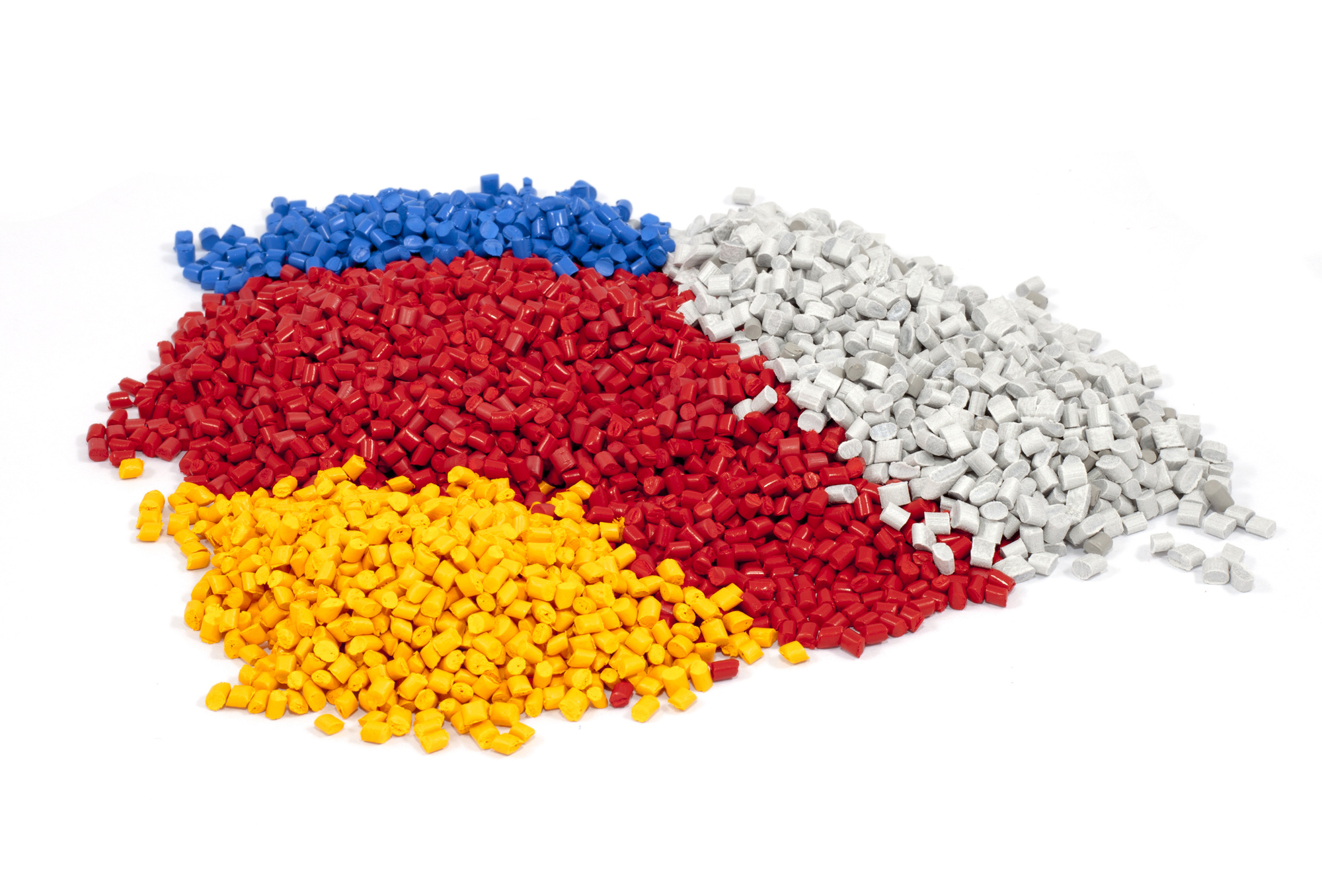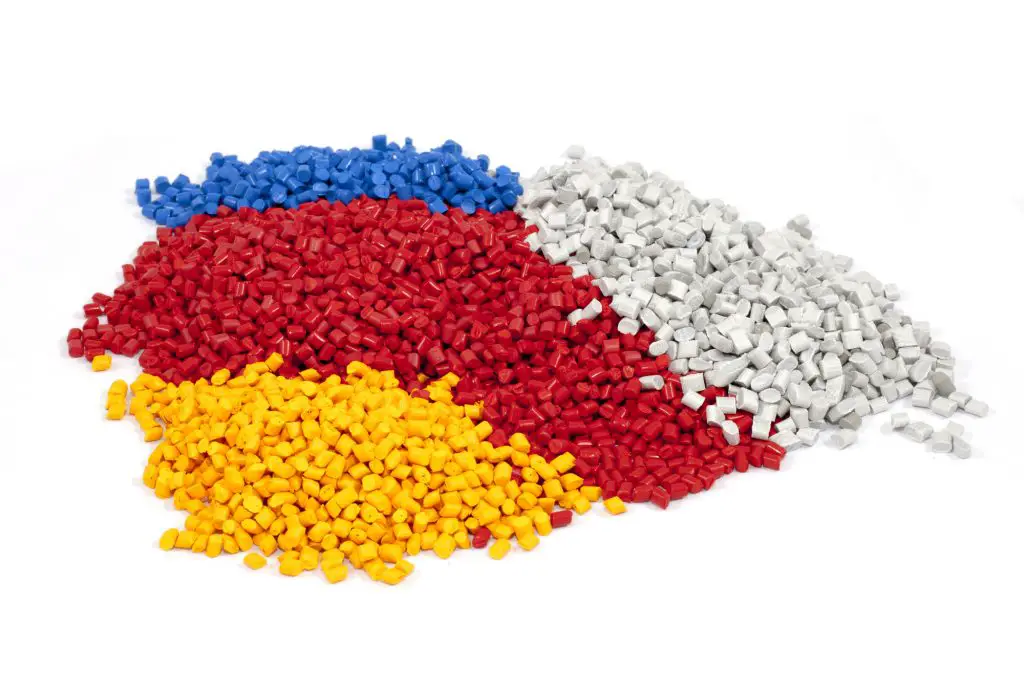The polymer industry is responsible for a large number of advances in technology and manufacturing. It’s an incredibly vital industry and its one that’s growing in importance with each passing year.
In this post, we’re going to take an in-depth look at the polymer industry and the latest developments affecting it.
By the time you’re finished, you’ll know enough about polymers that you’ll be able to hold a mini-lecture if you ever hear someone ask “what is a polymer?”
Let’s begin!
What Is a Polymer?
You likely covered the topic of polymers at some point during your high school education. At the time, you probably didn’t think it was the most exciting topic so it’s okay if you’ve forgotten what polymers are.
On a microscopic level, polymers are chains of molecules that are often identical. The common name for polymers is plastics.
The polymer industry is experiencing increasing demand, of which comes from a lot of different sources. For instance, consumer electronics might need polymers, but so will medical device manufacturers.
What Are the Benefits of Using Polymers?
If you have any kind of manufacturing experience, you’re likely aware of some of the benefits of using polymers.
One of the key highlights is that polymers aren’t that reactive.
Polymers are generally not going to interact with other chemicals they come into contact with. Some polymers are more chemically resistant than others, though. This isn’t a problem as long as you’re aware of what you need the polymer for ahead of time. You can then decide on the best kind of polymer for your chosen need.
Suppose you’re going to produce a cleaning product. You’ll need to find a polymer that’s going to be resistant to the chemicals in the cleaning product.
Polymers can also be easily shaped.
With the help of polymers, it isn’t hard to create something durable, without compromising on design.
Let’s take the example of the cleaning product from earlier. You may want to create an innovative bottle design for your product. With a polymer, it’s not hard to do this, without expending a lot of energy.
Polymers can also be very strong.
This is in relation to ‘physical resilience’ and not chemical. Suppose you’re making a toy and you want it to last a long time. A polymer would be ideal in this kind of situation.
Polymers are also used to create certain kinds of materials that have great strength to weight ratio. Designers can use polymers to help create parts for cars or even items for a spacecraft.
What Are Some of the Trends in the Polymer Industry?
Though polymers are currently very versatile, there will always be a need to develop methods of making them even more useful/durable.
An example of this relates to the polymers that are used in a hospital environment.
To reduce the incidence of infections, cleaning staff need to use chemicals that are quite harsh to clean items that use polymers. But over time some of these chemicals can lead to a deterioration in the polymer surface. This shortens the lives of these devices/surfaces and can lead to unnecessary replacement costs.
Another issue relates to the environmental impact of polymers.
The biggest strength of polymers is also the biggest reason polymers are bad for the environment. Polymers do not biodegrade easily, if at all. This can make them problematic from a sustainability standpoint. Discarded polymers can accumulate and have a negative impact on the environment and surrounding life.
Recycling programs can reduce the number of polymers that litter the environment. But a biodegradable solution would be best. There’s little reason to believe at the moment there’s an effective polymer that can be mass produced, of which is also biodegradable.
It’s also worth considering the health impacts of some polymers.
A substance known as a ‘Bisphenol A’ otherwise known as BPA is sometimes found in polymers. There’s reason to believe that small amounts of BPA can cause significant levels of upset within the body.
Items produced using polymers which contain BPA are sometimes considered as hazardous. This can be problematic in medical environments because polymers experience a lot of direct human contact.
Will the Polymer Industry Change?
Now that you have a good sense of the polymer industry and some of the challenges affecting it, you may be wondering whether it is going to change. Especially on issues related to plastic pollution.
Odds are the industry will change. There’s a lot of money in this industry and the company that works out how to solve these issues is going to generate a lot of revenue. Plus, if a company spending money on polymers is unhappy with its current supplier, it can always find someone else.
This isn’t hard to do and many companies that produce polymers promote the fact that they’re using the latest technology. In fact, if you click here, you can find an example of such a firm.
For the moment, the real question seems to be whether consumers would be willing to pay more if better polymers are produced. Existing polymers can be very cheap and that’s part of the appeal. But would you pay more for your next smartphone if you knew it was produced using polymers that are good for the environment?
Think You Know Enough?
In this post, we’ve taken a look at the polymer industry and what it encompasses.
You should now have a much better sense of the promises the polymer industry has to offer, but also some of the downsides.
The industry is a complicated one and this can make learning everything you need to know hard. But provided you can answer “what is a polymer?” you should at least know more than enough to make educated decisions about polymers. Be it from an investor standpoint or even as a consumer.
Interested in living off the grid? Check out these solar powered eco dwellings!

